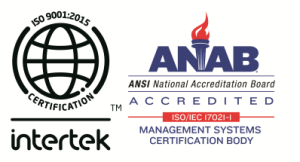Die casting and sand casting are the two methods that are most commonly used to cast metals, although they are not the only ones out there. However, it is interesting to note that many people who interact with different foundries actually have no idea about the differences between the two processes and many of them often mistakenly use the two terms interchangeably. But, while the two methods generally serve the same purposes and have similar goals, the actual procedures involved are actually quite different and the results are also different although the latter may not be quite as easy to notice for an inexperienced eye.
Sand casting, which is arguably the oldest type of sand casting, is still very popular and involves the creation of metal casts using special molds made out of sand. The sand molds can be created naturally by applying heat and pressure, as in the case of green sand casting, or they can be created by binding the sand in the mold using a chemical binder and a catalyst, as is the case with no bake sand casting. Most of the people who prefer to use sand casting usually do so because of its affordability. It is also great for manufacturing large items on which a granular finish will look attractive such as furniture or jewellery. However, the entire process is rather slow in relative terms and may not be the best for a manufacturer looking for very high volumes of product fast.
Die Casting
Unlike sand casting, in die casting the molten metal that is to be cast is poured into a steel mold and the steel mold is called the die. The dies can be reused over and over to make more products which means that it is a much faster process and ideal for the manufacture of high volumes of product. It is also the preferred method of casting for products that require high precision such as medical instruments although, on the downside, it is relatively more expensive.



